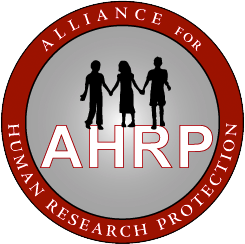1990 FDA Issued a Waiver From Consent; Covert CDC Experimental Vaccine Test on Black / Latino Babies
1990: FDA issued a waiver from informed consent for military use of experimental drugs The FDA waiver from informed consent was to permit the DOD to use unapproved, experimental drugs and vaccines on enlisted soldiers—in violation of the foremost “absolutely essential” mandatory ethical principle defined by the Nuremberg Code. 1990:…


